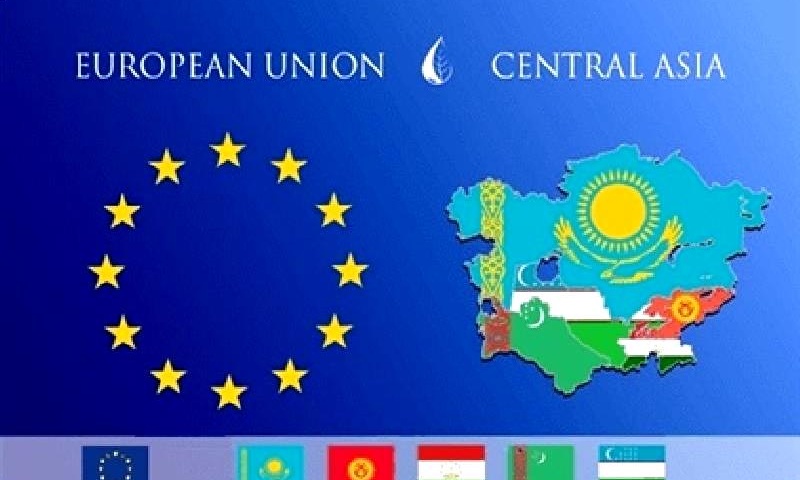
The Strategy of the European Union in Asia is aimed at creating a "Network System" - transport, energy and digital. This program is "similar" to the initiative of the «Belt & Road» or parallel in implementation and competes with the "One Belt - One Road" Programm both on land, and on sea and air communications.
On the eve of «EU Strategy 2019 for Central Asia» and the entry into force of the EU Agreements with Singapore and Vietnam.
EU strategy in Asia # Partnerships # EU – Japan Partnership # Euro-Asian Community # EU – Kazakhstan Enhanced Partnership # EU Strategy in Central Asia 2019 # EU Global Strategy # TRANS-European Transport System # Trans-European Transport Network #
The EU-Japan economic partnership Agreement has entered into force. The zone of free movement of goods and services, which Japan and the EU created by concluding an economic partnership agreement, accounts for about 40% of world trade and a third of global GDP. Brussels and Tokyo have also agreed on mutual recognition of the sufficiency and reliability of personal data protection systems, creating a zone of secure data flows in the world. The new agreement will create about 300 thousand new jobs in Japan and increase GDP by $45 billion.
A series of benefits from the conclusion of an economic partnership Agreement can be listed for a long time - it is the implementation of the EU Strategy in Asia. Japan in this case acts as one of the largest and advanced partners of Europe in Asia in the context of the vision of the trade and economy. The most important thing is the concept and method.
In addition to Japan in 2019, Agreements with Singapore and Vietnam and the EU Strategy in Central Asia should enter into force.
An Agreement on Enhanced Partnership and Cooperation is in force with Kazakhstan. With other Central Asian countries is in the process of preparation, as well as the EU Strategy in Central Asia.
The EU should expand its dialogue on sustainable communication with other partners, including Afghanistan, India, Indonesia, Iran, Pakistan, Russia, the Republic of Korea, Turkey, Central Asia, as well as Australia and the United States.
The European Union and Japan have launched a Partnership that includes Strategic Partnership and Economic Partnership Agreements. This can be considered a significant point in the implementation of the EU Strategy in Asia and the formation of the Euro-Asian Network System in the performance of the European Union.
The Enhanced Partnership and Cooperation Agreement (EPCA) between Republic of Kazakhstan and the European Union, signed on 21 December 2015, and partially applied since may 2016.
The agreement covers a series of areas of cooperation, ranging from investment, trade development, infrastructure and areas such as innovation, culture, sports, tourism, law enforcement cooperation. The trade section of the agreement is worked out as much as possible. In the drafting and coordination of this Agreement, Kazakhstan was guided by its obligations to the countries within the Customs Union, the EAEU and WTO membership.
A series of Agreements with Central Asian countries are in preparation for signing.
The EU strategy for Central Asia should be announced in March 2019.
The Strategy of the European Union in Asia is aimed at creating a "Network System" - transport, energy and digital. In the system of values of this strategy are - cybersecurity, international partnership and cooperation in the field of education, researches, innovation, culture and sport, high investments in sustainable communication, new and innovative financing occupy an important place.
This program is "similar" to the initiative of the «Belt & Road» or parallel in implementation and competes with the "One Belt - One Road" Programm both on land, and on sea and air communications.
Strategic partnership agreements and economic partnership Agreements are the basis, foundation and construction for the formation of the Euro-Asian Community based on the liberalization of world trade, according to market rules, while respecting the rules of protection of the rights of employees and consumers.
Bilateral cooperation between countries should be adapted to the specific situation.
Key points of the Strategy.
The European Union is working on the formation of the EU – CA Strategy. The European External Action Service (EEAS) website published the EU Strategy for Europe - Asia Interface in November 2018. The document considers not only Central Asia, but the entire Asian region. The document is presented on the website of the European Commission and is called "Interaction of Europe and Asia – structural blocks for the EU strategy" .
"In order to take this cooperation one step further and open up opportunities within the global economy, the EU and Asia need to ensure an effective and sustainable connection.
Connectivity, compatibility promotes economic growth and job creation, global competitiveness and trade, and the movement of people, goods and services between Europe and Asia".
Trans-European Transport Network, TEN-T.
The European Union proposes to establish a "Network System" through interoperable, transport, energy and digital networks based on the Trans-European Transport Network (TEN-T) with clearly defined priorities and standards. Citizens, as users of communications and business, benefit from efficient pan-European infrastructure, free and fair competition and common standards.
Ten-T infrastructure.
Main corridors:
Atlantic corridor.
Baltic-Adriatic corridor.
Mediterranean corridor.
North sea - Baltic corridor.
North sea - Mediterranean corridor.
East-Mediterranean corridor.
Rhine-Alpine corridor.
Rhine-Danube corridor.
Scandinavian corridor.
EU policy in the field of the organization "Network System" is aimed at improving efficiency on the single market of the EU and the extension of connections on a global scale, with emphasis on the benefits and rights of the people. These goals are underpinned by policies on sustainable development, decarbonization, digitalization, investment, innovation and global leadership.
Сomplex network. Connectivity is the networks through which people, goods, services, and capital pass. This means transport by air, land or sea. These are digital networks, from mobile to fixed, from the Internet backbone to the last mile, from cables to satellites. It also means energy networks and flows, from gas, including liquefied natural gas, to electric networks, from renewable energy sources to energy efficiency. There is a need to optimize synergies between these three sectors, sometimes leading to innovative and new forms of interaction. The relationship has an essential human dimension, and people's interests and rights should be at the centre of any policy.
International connection rules. Rules and regulations are needed for the efficient, fair and unhindered movement of people, goods, services and capital. Internationally agreed practices, rules, conventions and technical standards, supported by international organizations and institutions, ensure network compatibility and cross-border trade. In its domestic market, the EU guarantees non-discrimination and equal conditions for enterprises and promotes an open and transparent investment environment while protecting its essential assets. The EU should continue to promote open and transparent procurement processes in which companies should have equal conditions.
The EU will work in three main areas –
- First, by promoting effective links and networks between Europe and Asia through priority transport corridors, digital links and energy cooperation.
- Second, by establishing partnerships to ensure communication based on universally recognized rules and standards to better manage the flow of goods, people, capital and services.
- Third, by helping to address significant investment gaps by improving resource mobilization, strengthening the use of EU financial resources and strengthening international partnerships.
When we talk about the EU strategy we mean the EU policy in the region, implemented by the EU representatives under the leadership of the institutions - the European Commission, the European Council and the European Parliament. The main directions of the Strategy in Asia follow from the EU Global Strategy. The main priorities of the Strategy are defense and security, increasing sustainability and an integrated approach, strengthening internal and external relations, updating existing strategies and preparing new ones, strengthening public diplomacy mechanisms.
Nevertheless, this is a General direction in foreign policy, economy and other areas. In particular, the EU concludes bilateral Partnership agreements and each EU state, within the framework of its sovereignty, ratifies the agreements. The complexity of such structure is obvious, but the EU is quite complicated complex.



















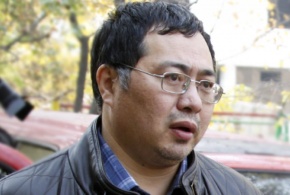 Сот белсенді Ермек Нарымбайдың мерзімінен ерте босап шығу туралы өтінішін орындамады
Сот белсенді Ермек Нарымбайдың мерзімінен ерте босап шығу туралы өтінішін орындамады
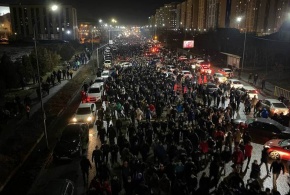 Poverty and misery of …. “terrorists”
Poverty and misery of …. “terrorists”
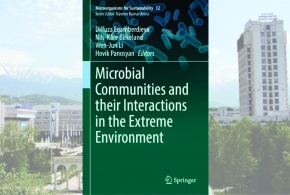 SCIENTISTS OF THE KAZNU ARE INVESTIGATING THE PROBLEM OF SURVIVAL OF MICROORGANISMS IN EXTREME CONDITIONS
SCIENTISTS OF THE KAZNU ARE INVESTIGATING THE PROBLEM OF SURVIVAL OF MICROORGANISMS IN EXTREME CONDITIONS
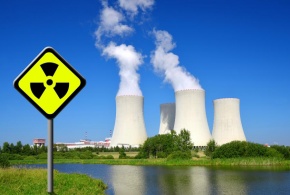 "Atomic" exam for officials of Kazakhstan
"Atomic" exam for officials of Kazakhstan
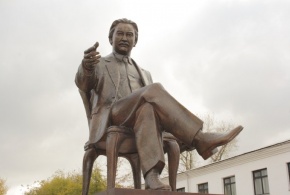 Faculty of Journalism of the Al-Farabi Kazakh National University held an annual scientific and practical conference «Bekhozhinov readings»
Faculty of Journalism of the Al-Farabi Kazakh National University held an annual scientific and practical conference «Bekhozhinov readings»
 Kazakhstan signed an agreement with Russia on the allocation of vaccine against coronavirus
Kazakhstan signed an agreement with Russia on the allocation of vaccine against coronavirus